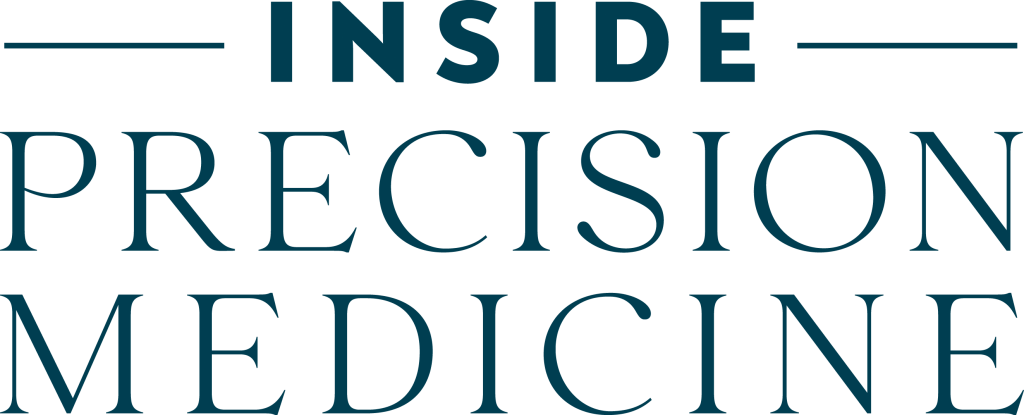
139 Results
Sort By:
Format
Publication Date
Choosing the Right Spatial Technology
- Magazine Article
- Digital Article
- Digital Article
Published on June 15, 2022
Sponsored content brought to you by In biology there are multiple levels of structure, from whole tissues to single cells to subcellular. Interrogating each level requires increasing the power of resolution. What is Spatial Biology? The rapidly evolving field of spatial biology investigates the spatial location and organization of gene…
Vulnerable Neurons in Parkinson’s Disease Identified by Novel Technique
- Digital Article
- Digital Article
Published on May 9, 2022
Scientists have developed a new technique to enrich the degeneration of dopamine (DA) neurons from patients with Parkinson’s Disease (PD) and matched controls and profile their gene expression. Their study is published in the journal Nature Neuroscience. “It was known that cells in this area of the brain die, and…
Pangea’s Platform Could Increase Patients who Benefit from I/O Therapies by 50%
- Digital Article
- Digital Article
Published on May 4, 2022
Cancer has been estimated as the cause of 1 in every 6 deaths worldwide. Yet less than 10% of people with cancer benefit from currently available treatments, according to an updated analysis published last year and several earlier studies. Based in Tel Aviv, Israel, Pangea Biomed, the developer of a…
Non-Cardiac Genes Linked to Congenital Heart Disease
- Digital Article
- Digital Article
Published on April 28, 2022
Genes not previously associated with congenital heart disease have been linked to such conditions, according to new findings from a multi-center study. The researchers also shed new light on the role of CHD4 in inborn heart disease. This work was led by Frank Conlon, PhD, professor of biology and genetics…
Single-Cell Melanoma Maps Reveal Battle Between Tumor and Immune Cells
- Digital Article
- Digital Article
Published on April 20, 2022
Researchers at Harvard Medical School (HMS) have created spatial maps of melanoma tumors at single-cell resolution, revealing a war of attrition in which cancerous cells suppress the lethal activity of immune cells over time. The information could lead to better ways of diagnosing and treating skin and other cancer types.…
Melanoma Progression Revealed at Single-Cell Level by Spatial Maps
- Digital Article
- Digital Article
Published on April 15, 2022
Harvard Medical School (HMS) Researchers have developed spatial maps of melanoma that show how individual cells interact as the cancer progresses. The maps reveal details of how melanoma suppresses the immune system as it takes over. The findings are published in the journal Cancer Discovery. When caught early, melanoma can often…
Map of Human Blood Stem Cell Development Created
- Digital Article
- Digital Article
Published on April 13, 2022
Researchers based at the University of California, Los Angeles (UCLA) have created a detailed map of human blood cells and how they develop in an embryo, which could help improve treatments for blood-related disorders like leukemia and sickle-cell disease in the future. Hematopoietic stem cells are the early version of…
NYU Langone Joins NIH-Sponsored Autoimmune and Immune-Mediated Diseases Research Program
- Digital Article
- Digital Article
Published on April 1, 2022
NYU Langone Health announced it has joined the Accelerating Medicines Partnership Autoimmune and Immune-Mediated Diseases (AMP AIM) program—a new research initiative from the National Institutes of Health (NIH)—as a leading research center focused on finding new targets and treatments for these often-debilitating diseases. Supported by more than $58 million in…
Spatial Genomics Tool Provides Detailed Tumor Insights
- Digital Article
- Digital Article
Published on March 16, 2022
A new spatial functional genomics technology called Perturb-map developed at Mount Sinai, New York, allows users to find genes that regulate cell-extrinsic functions at an unprecedented scale and at single-cell resolution. The technology employs a genetic barcode to mark cancer cells, normal neighboring cells and components of the tumor microenvironment…
Type 1 Diabetes Development Mechanisms in the Pancreas Uncovered
- Digital Article
- Digital Article
Published on March 1, 2022
University of Pennsylvania School of Medicine researchers show that during the development of type 1 diabetes (T1D), the cells lining the pancreatic duct reprogram themselves in an attempt to suppress autoimmune T-cell responses that cause the autoimmune disorder. In T1D, immune cells called T lymphocytes attack and destroy insulin-secreting pancreatic…
Better Health through Single-Cell Genomics
- Magazine Article
- Digital Article
- Digital Article
Published on February 16, 2022
Looking deeper into single-cell genomics, scientists find new approaches to improving health. Those expanding avenues in medicine range from drug development to regenerative medicine. Turning new information from single-cell genomics into applications depends on a collection of new technologies, some of which are explored here. Hendrik Knoetgen, PhD.—head of genomic…
New Spatial Transcriptomic Tool Maps Cell Location and Function in Fine Detail
- Digital Article
- Digital Article
Published on January 13, 2022
A new tool has been developed that reveals both the function of cells and where they are situated within tissues with high enough accuracy that it could even replace microscopy. A Bayesian model, cell2location, was created by researchers at the Wellcome Sanger Institute, the German Cancer Research Center, and their…
Comprehensive Cell Atlas Expands Knowledge of Uterine Cancer
- Digital Article
- Digital Article
Published on December 3, 2021
A study led by the University of Cambridge has completed an in-depth cell map of the uterus and endometrial tissue, leading to insights into the cellular basis of different forms of uterine cancer. Published in the journal Nature Genetics, the study is the first in-depth reference map of the uterus…
Can You Rewrite the Future of Rare Diseases With Multiomics?
- Magazine Article
- Digital Article
- Digital Article
Published on December 1, 2021
Sponsored content brought to you by Maximillian Schmid, M.D. Chief Commercial Officer – Diagnostics, CENTOGENE With an average of seven years to pinpoint a diagnosis, with less than 250 FDA approved treatments, patients with one of the over 7,000 different rare diseases are currently facing some of…
Metastatic Breast Cancer Treatment Resistance Biomarker Discovered
- Digital Article
- Digital Article
Published on November 2, 2021
The findings, from Baylor College of Medicine, are published in Cancer Research, a journal of the American Association for Cancer Research. The first author is Xuxu Gou. “About 80% of all breast cancers depend on the hormone estrogen to grow. Estrogen promotes tumor growth by binding to the ER,” said…












